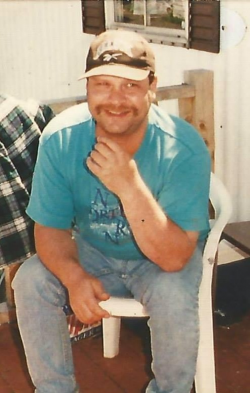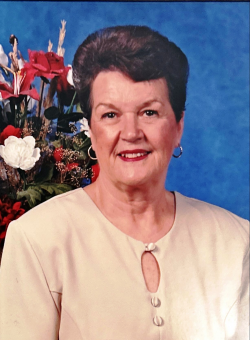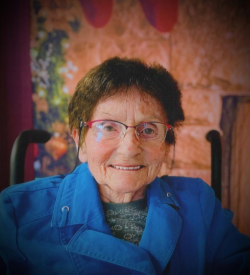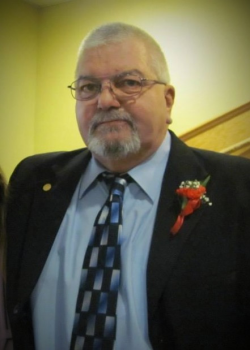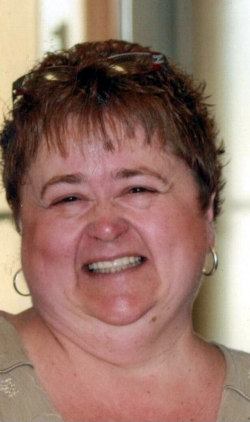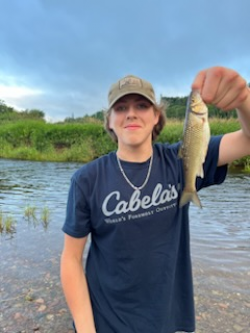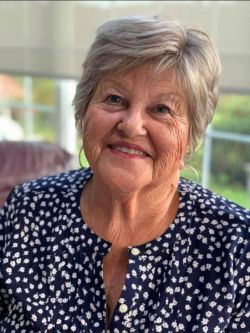Every ceremony presents personalized opportunities
Whatever the tag, Life Appreciation ceremonies are unique. Most are body present ceremonies. They are celebrations of life that access the heart and bring healing as only love can do. Many are participatory. Some are held in wonderfully unique environments that sooth and comfort. Life Appreciation ceremonies are never copies of ones held before them. They may include memory boards, contemporary music and other wonderful personalization attempts; however, Life Appreciation Services go far beyond these current creative aspects. Each is unique because each loss is unique.
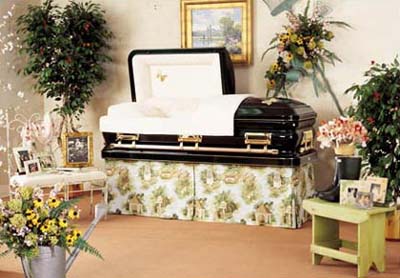
Our support staff believe strongly  inpersonalizeing every single servicethey have the honor of participating in. Several options are provided at no
charge to the family to enhance the life appreciation experience.
inpersonalizeing every single servicethey have the honor of participating in. Several options are provided at no
charge to the family to enhance the life appreciation experience.
Memory Cards
Cards
with a picture of the deceased a personal poem and or thank you as well as the complete obituary are provided at each visiting hour and/or service
for everyone in attendance.
Memory Candle
 A candle is created with
a picture of the deceased and a personal poem. This candle is lit during visitation and during the funeral service then given to the family to take
home.
A candle is created with
a picture of the deceased and a personal poem. This candle is lit during visitation and during the funeral service then given to the family to take
home.
Memorial DVD
One of the most touching moments in a service at our facilites is when people take 10 or 15 minutes to watch a video presentation made up of pictures from throughout the deceased's life. This presentation, put to music, takes each viewer through the life of the deceased and puts them in touch with spirit of their life.
These are some of the ways the our funeral homes stresses the importance of personalizing the tribute to a loved one.
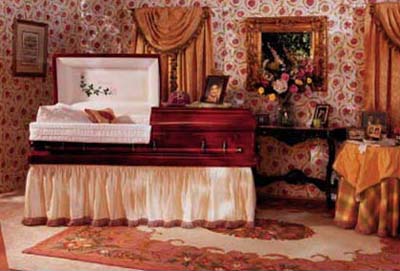
Alan D. Wolfelt, Ph.D. is one of the world's most renown doctors in Grief psychology and offers a miriad of information to help people through their grief. You may visit his website at centerforloss.com. Below we have included an article by Dr. Wolfelt about personalization.
Helping Your Family
Personalize the Funeral
by Alan D. Wolfelt, Ph.D.
If you are in the midst of planning a funeral, you may be feeling overwhelmed right now. Many details must be attended to. Many people must be contacted. Many decisions must be made. Your natural and necessary feelings of grief make these tasks even more difficult.
Still, I encourage you to slow down, take a deep breath and focus on what is really important.what is essential.about the funeral you are planning. What is essential is the life that was lived and the impact that life had on family and friends. To honor that unique life, the funeral must also be unique. Over and over families tell me that the best funerals are those that are personalized.
Consider the unique life of the person who died
As you begin to think about personalizing the funeral, turn your thoughts to your memories of the person who died. Think about his or her qualities and what he or she meant to others. Consider his or her passions, hobbies, pastimes, likes, dislikes.
You might try making a list of the following:
- attributes or passions of the person who died
- special memories to share
- achievements of the person who died
- important people to include somehow
Personalize the elements of ceremony
Once you.ve given thought to the unique life and personality of the person who died, it.s time to incorporate those memories into the funeral plan. Be creative as you, together with your family, friends, funeral director and the person who will lead the service, brainstorm how to remember and honor this special person.
A good way to personalize the funeral is to personalize the common elements of funeral ceremonies:
- the visitation
- the eulogy
- the music
- the readings
- the procession
- the committal service
- the gathering or reception
Each of these elements can be personalized in many ways. If you.re having a visitation, for example, you could set up a display of photos, memorabilia, collections or artwork. You could do the same at the gathering following the ceremony. Choose music that was meaningful to the person who died or to your family. Select poetry and other readings that speak to the life of this unique person. Ask the people who were closest to the person who died to participate by playing music, giving readings, being pallbearers, making food for the gathering.whatever suits their own unique talents.
The eulogy is especially important
When personalized, the eulogy (pronounced EWE-luh-jee) is perhaps the most memorable and healing element of the funeral ceremony. Also called the remembrance, the eulogy is the speech during the funeral ceremony that talks about the life and character of the person who died. The eulogy acknowledges the unique life of the person who died and affirms the significance of that life for all who shared in it.
The eulogy can be delivered by a clergyperson, a family member or a friend of the person who died. Instead of a traditional eulogy delivered by one person, you may choose to ask several people to speak and share their memories. There is also a growing trend toward having people attending the funeral stand up and share a memory of the person who died.
More ideas for personalizing a funeral service
The funeral service you have should be as special as the life you will be remembering. Here are a few more ideas:
- Write a personalized obituary. Some newspapers allow you to express a little more than the usual who/what/why/where/when. Appoint a creative .word. person in the family to handle this task.
- Create a column in the guest book for people to jot down a memory after they sign their name.
- Display personal items or hobby paraphernalia on a table at the visitation, the ceremony and/or the gathering afterwards.
- Have more than one person deliver the eulogy. Ask several people to share memories and talk about different aspects of the person who died.
- Choose clothing for the person who died that reflects his or her life, interests, passions, etc. The clothing needn.t be formal or somber!
- Create a personalized program for the ceremony. You can include photos, poems, anecdotes.whatever you.d like! Your funeral director can help you with this.
- Show a videotape or slide show of the person.s life during the funeral. Pictures tell a thousand words!
- Ask children if they would like to write a letter or draw a picture for the person who died. Their .goodbyes. can then be placed in the casket alongside the body.
- Select flowers that were meaningful to the person who died. A simple arrangement of freshly-cut lilacs, for example, might be perfect.
- At the funeral, invite people to write down a memory of the person who died. Appoint someone to gather and read the memories aloud.
- Create a funeral that captures the personality of the person who died. If he was zany, don.t be afraid to use humor. If she was affectionate, have everyone stand up and hug the person next to them during the ceremony.
- Display photos of the person who died at the visitation, the ceremony and/or the gathering. In fact, putting together a photo collage can be a very healing experience for the family in the days before the funeral.
- Use lots of music, especially if music was meaningful to the person who died or is to your family. Music can be played at the visitation, the committal service and the gathering as well as the funeral service itself!
- Create a personalized grave marker. Include a poem, a drawing or a short phrase that defines the person who died.
A final word
I hope you have been encouraged in your efforts to create a personalized funeral ceremony. While it may seem overwhelming right now, I promise you this: a well-planned, inclusive, personalized funeral will touch your family, the friends of the person who died and you yourself deeply. The funeral will help you begin to heal and will provide you with great comfort and satisfaction in the months and years to come..


